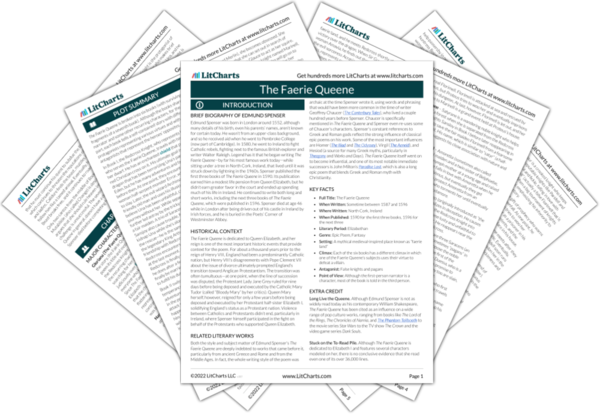As an old, holy man, the Palmer is not just a physical guide for Sir Guyon on his journey but also a spiritual guide. The previous book showed how even a knight as righteous as the Redcross Knight needed instruction from those with more experience in various virtues, and in this book, Guyon will grow from his relationship with the Palmer.
